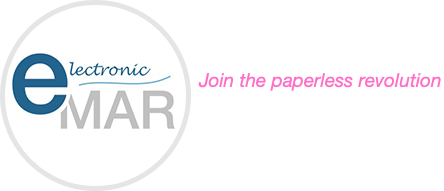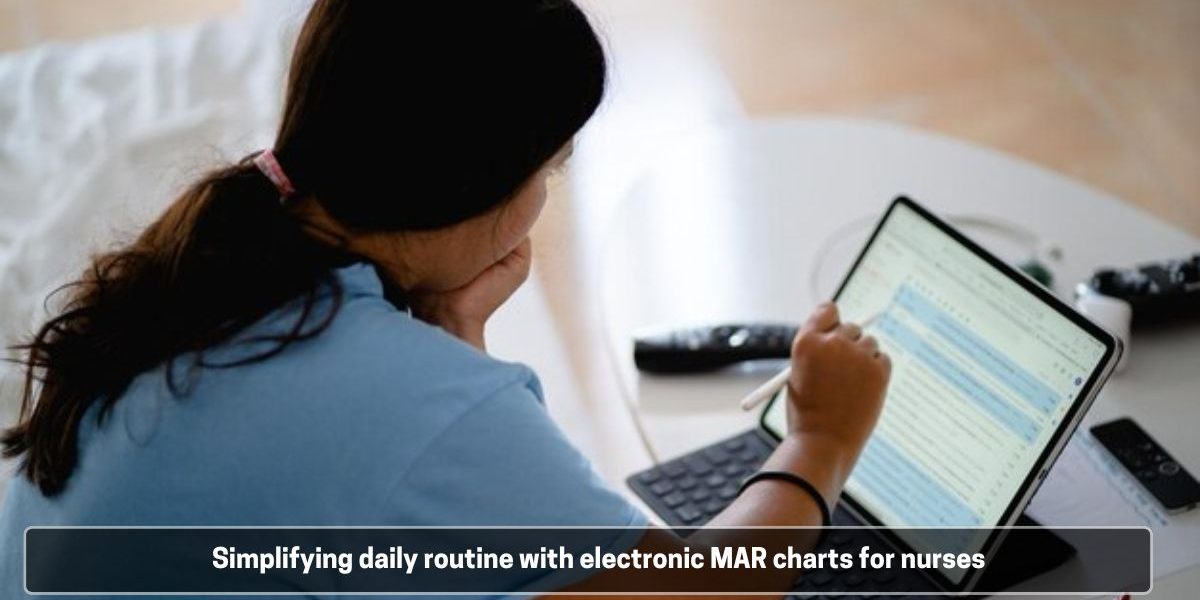A nurse’s daily routine is a delicate balancing act. From administering medications and monitoring patients to updating records and coordinating with other healthcare professionals, every moment counts. Time management is critical, and every task requires accuracy and efficiency to ensure patient safety and quality care. Among these responsibilities, maintaining medication administration records is one of the most time-intensive and error-prone tasks. Traditionally, this has been done using paper-based MAR sheets, which, while functional, come with their own set of challenges. Electronic medication administration record or eMAR chartsoffer a solution to these challenges. Here, we explore how the transition from paper-based MAR sheets to electronic MAR charts transforms a nurse’s daily routine.
The challenges of paper-based MAR sheets
Paper-based MAR sheets have long been an important factor in healthcare settings. However, they present significant challenges. Updating these records often requires sifting through physical files, double-checking for errors, and manually recording details of medication administration. This process can be time-consuming.
Also, paper records are prone to errors such as illegible handwriting, misplaced files, or incomplete entries. These issues not only slow down workflows but also increase the risk of medication errors, which can compromise patient safety. Nurses often find themselves spending valuable time reconciling records or clarifying discrepancies, further detracting from direct patient care.
Moreover, paper records are static and confined to a specific location. Nurses must physically carry files between departments or rely on verbal updates from colleagues. This lack of real-time accessibility can lead to miscommunication, delays in care, and increased stress for nursing staff.
How do eMAR charts simplify the daily routine of nurses?
- Improved efficiency
eMAR systems streamline documentation. Nurses can log into the system, select a patient’s profile, and document medication administration in just a few clicks. This not only saves time but also reduces the mental burden of maintaining extensive paper trails. Unlike paper-based charts, electronic records are accessible from multiple devices, ensuring that all relevant information is up-to-date and readily available. Nurses no longer need to transfer files between departments. eMAR helps them focus more on patient care rather than administrative tasks.
- Reduced medication errors
eMAR systems come with built-in safeguards that help minimise medication errors—a critical concern in healthcare settings. The system can automatically flag issues such as incorrect dosages, missed medications, or potential drug interactions. These alerts prompt nurses to verify their actions, thereby reducing the likelihood of mistakes.
Many eMAR systems incorporate barcode scanning technology. Nurses can scan the medication and the patient’s wristband to confirm that the right patient is receiving the correct medication at the appropriate dose and time. This feature adds an extra layer of security.
- Real-time data and collaboration
By integrating eMAR systems into the broader EHR, nurses gain access to real-time patient data. This ensures seamless communication and coordination among healthcare professionals, including doctors and pharmacists. For example, if a doctor updates a patient’s medication, the changes are immediately visible in the system. This helps nurses adjust their care without delays or miscommunication.
- Better reporting and compliance
eMAR systems automatically record all medication-related activities. This creates a comprehensive digital trail. This simplifies reporting and auditing processes, which are vital for regulatory compliance and quality improvement initiatives.
In care homes, where adherence to medication protocols is closely monitored by organisations such as the Care Quality Commission (CQC), eMAR systems ensure accurate and easily accessible records. These systems can generate detailed reports and demonstrate compliance with legal standards, thereby providing peace of mind to both nurses and administrators.
Nurses face immense pressure to manage multiple responsibilities while ensuring the highest standards of care. Paper-based MAR sheets, though once essential, often add to the stress of their routines. eMAR systems enhance efficiency, accuracy, and communication. By simplifying documentation and reducing errors, eMAR systems empower nurses to focus on what they do best—providing exceptional care with confidence and peace of mind.







